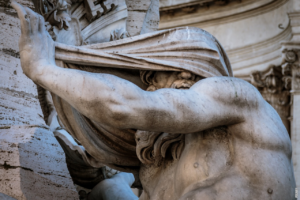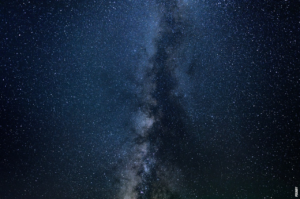The Ancient Origins of Timekeeping
The concept of measuring time has been a fundamental aspect of human civilization since ancient times. Our ancestors recognized the need to track the passing of days, months, and years, and this led to the creation of the calendar as we know it today. Let’s delve into the intriguing story of how the calendar came to be.
The Sun and the Moon: Nature’s Timekeepers
Before the advent of formal calendars, early civilizations relied on the movements of celestial bodies to keep track of time. The sun and the moon became the primary timekeepers for our ancestors. By observing the regular patterns of sunrise and sunset, as well as the phases of the moon, they were able to establish a basic understanding of the passage of time.
The Birth of the Lunar Calendar
One of the earliest known calendar systems is the lunar calendar, which is based on the cycles of the moon. Many ancient cultures, including the Babylonians, Egyptians, and Chinese, developed lunar calendars independently. These calendars divided the year into months, with each month corresponding to a complete lunar cycle. However, as the lunar cycle is approximately 29.5 days long, it did not align perfectly with the solar year. This discrepancy gave rise to the need for more accurate timekeeping methods.
The Emergence of Solar Calendars
The development of solar calendars marked a significant milestone in the history of timekeeping. Unlike lunar calendars, solar calendars are based on the movement of the sun. The Egyptians were among the first to introduce a solar calendar, known as the Egyptian calendar, around 3000 BCE. This calendar divided the year into 365 days and consisted of 12 months of 30 days each, with an additional five or six epagomenal days to account for the discrepancy between the solar and lunar cycles.
The Roman Influence
The Roman calendar, which evolved from the earlier Egyptian calendar, also followed a solar-based system. It underwent several reforms throughout history, with the most significant one occurring during the reign of Julius Caesar in 45 BCE. Caesar consulted the best astronomers and mathematicians of his time to create a more accurate calendar, known as the Julian calendar. This calendar introduced the concept of a leap year to account for the slight discrepancy between the solar year and the 365-day calendar. The Julian calendar served as the standard calendar in the Western world for over 1600 years.
Post
Post
The Gregorian Calendar
While the Julian calendar was a vast improvement, it still had some inaccuracies. By the 16th century, the calendar had drifted out of sync with the solar year by approximately 10 days. In 1582, Pope Gregory XIII introduced the Gregorian calendar to rectify this issue. The Gregorian calendar further refined the concept of the leap year, establishing specific rules to determine which years should be leap years. This adjustment brought the calendar in alignment with the solar year and remains the most widely used calendar system today.
The Modern Calendar
Over time, the calendar has undergone numerous modifications and adjustments to meet the needs of different societies. Today, the most common calendar system is the Gregorian calendar, which is widely used for civil purposes worldwide. However, various cultures and religions still follow their own traditional calendars, reflecting the rich diversity of timekeeping practices across the globe. From the ancient lunar calendars to the modern Gregorian calendar, the history of the calendar is a testament to human ingenuity and our relentless pursuit of measuring time.



